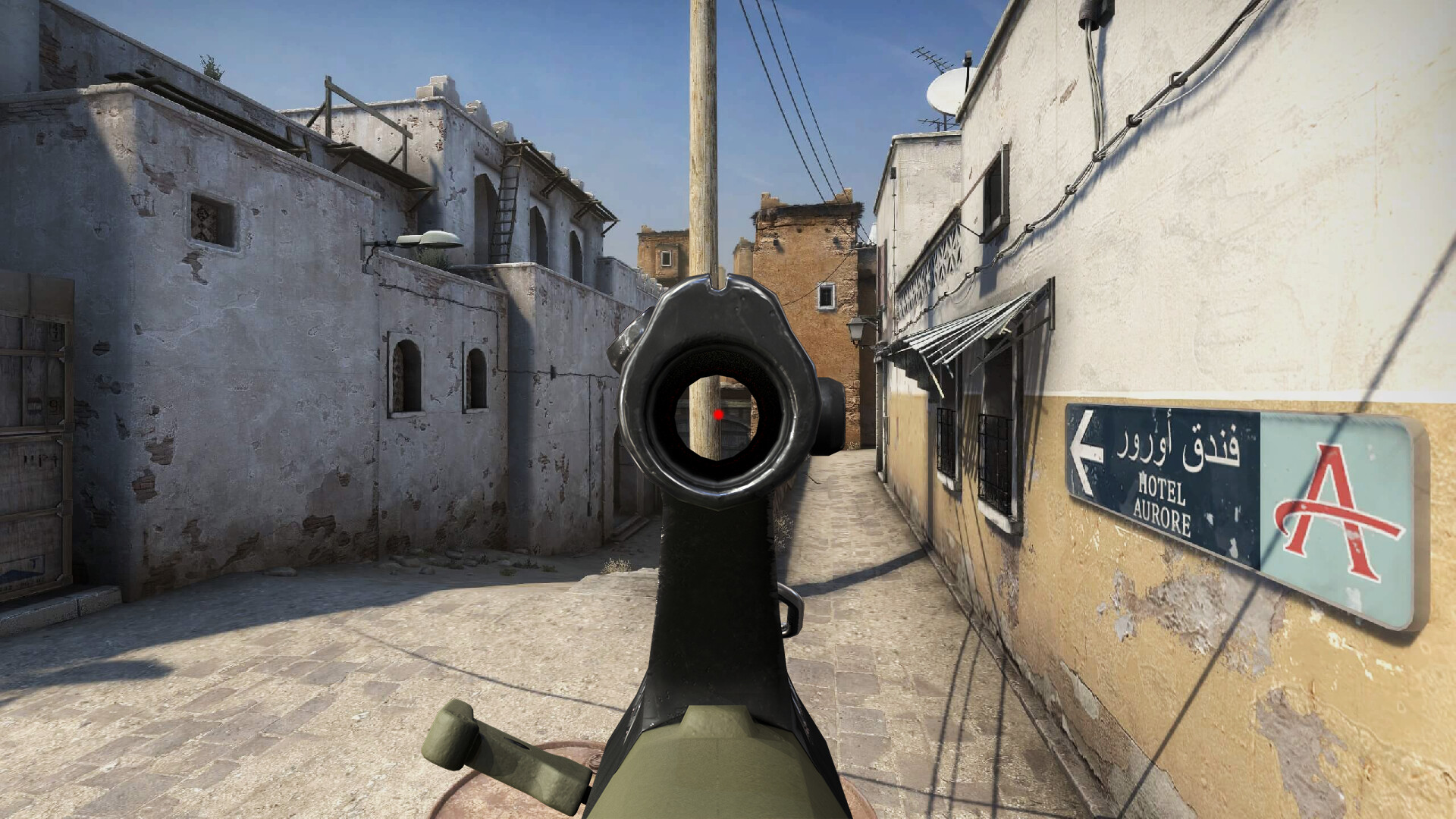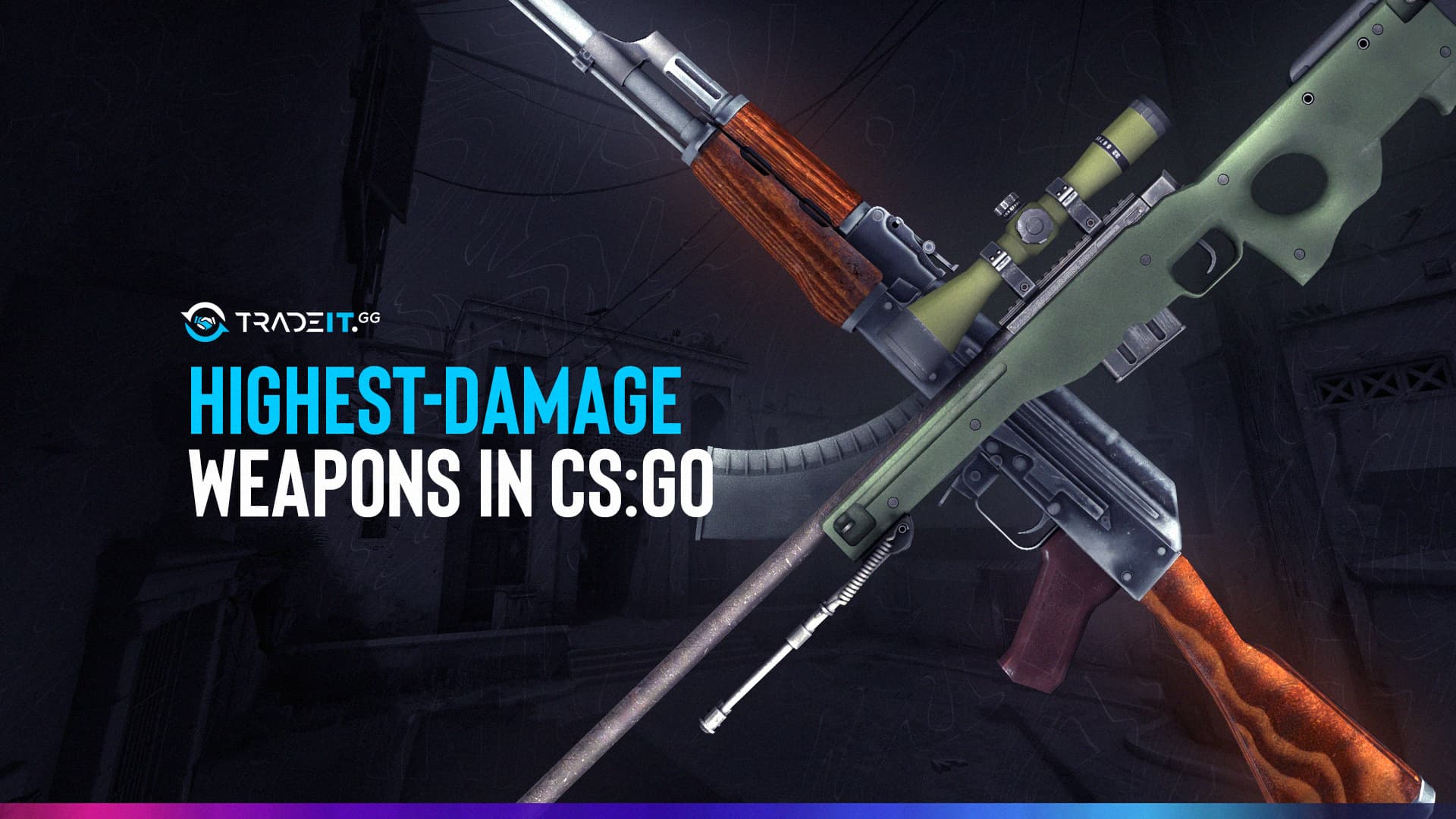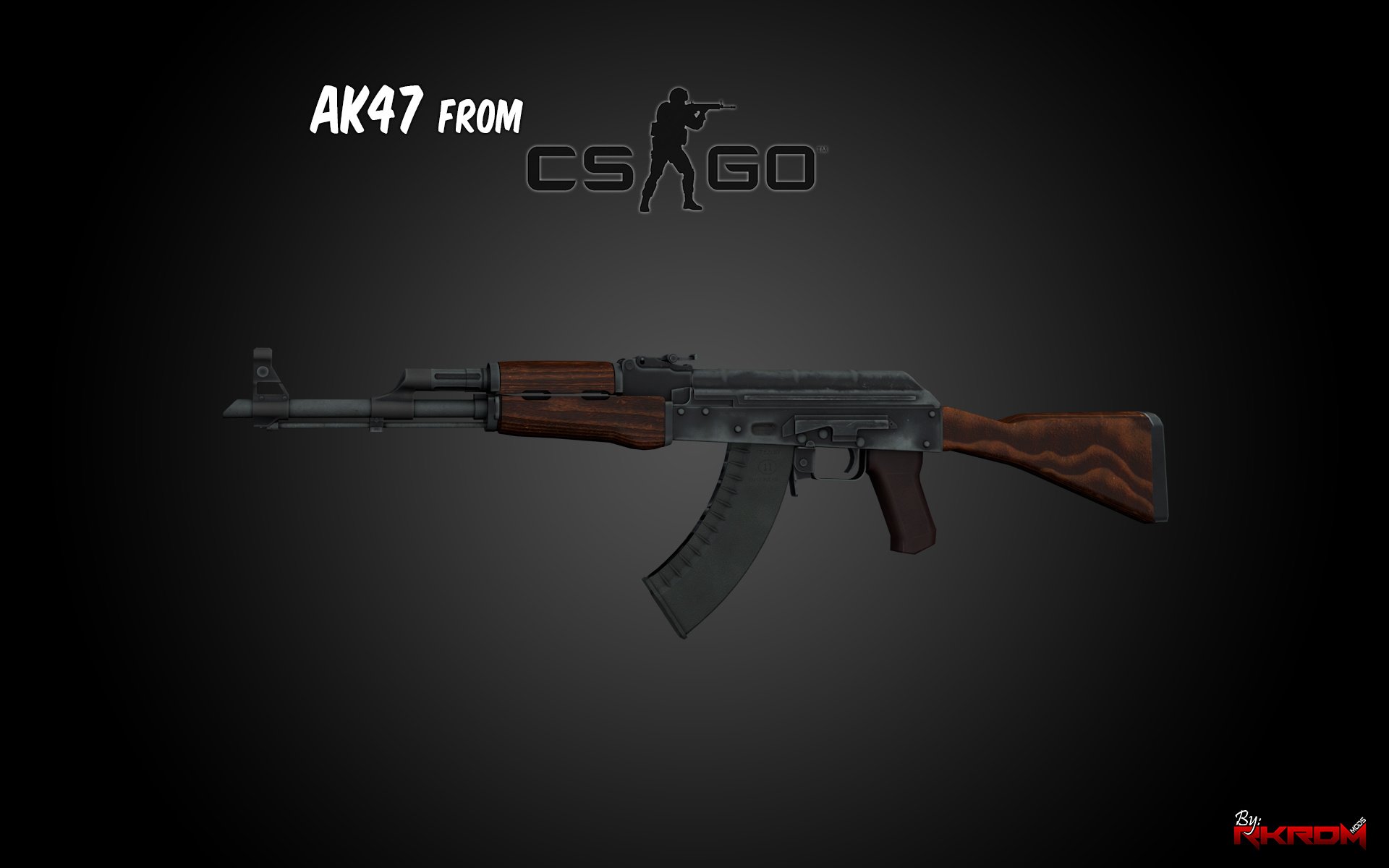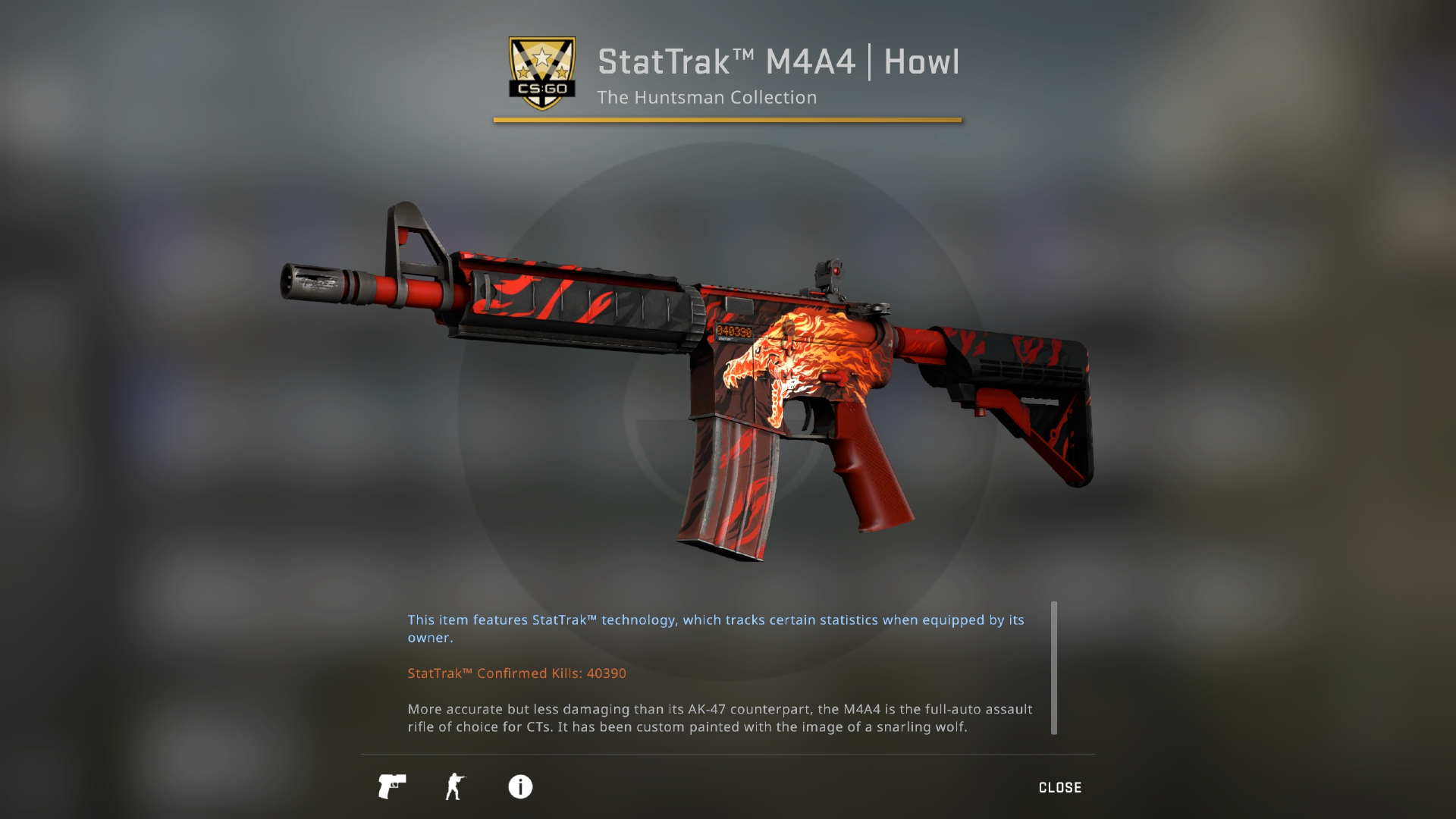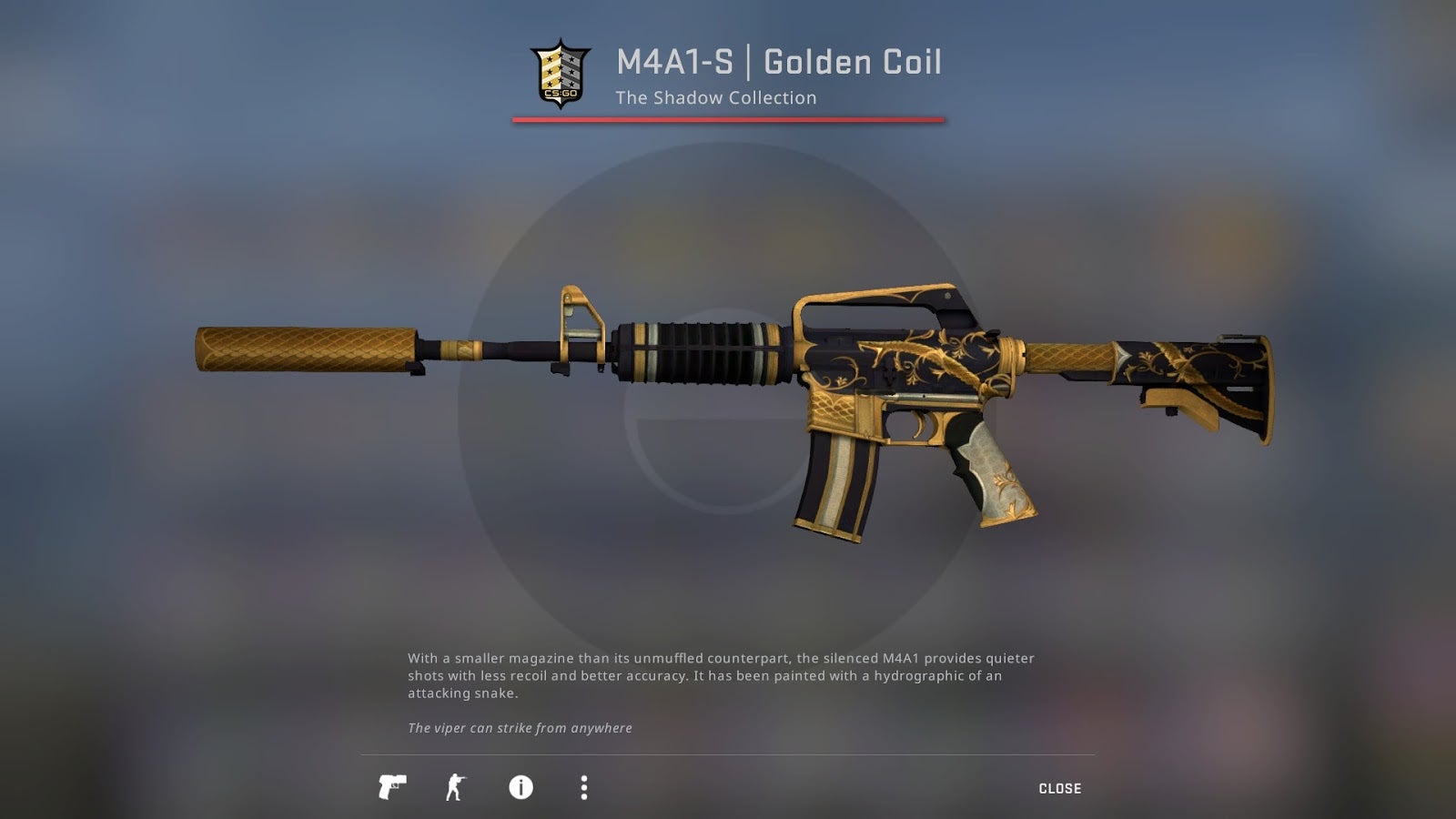Criminal Assault Elements - Assault and battery are two crimes that are often prosecuted together, but they are separate crimes with different elements. Although modern jurisdictions often combine assault and battery into a single statute called assault, the crimes are still distinct and often assessed differently. The Model Penal Code calls both felonies assault, simple and aggravated (Model Penal Code § 211.1). However, the Model Penal Code does not distinguish between assault and violence for assessment purposes. This section provides an overview of the elements of both offences, including possible defences.
Battery is a criminal offense that has the elements of a criminal offense, criminal intent, accompanying circumstances, causation, and harm, which are addressed in the following subsections.
Criminal Assault Elements

The element of the offense required for harassment in most jurisdictions is unlawful touching, often described as physical contact (720 ILCS § 12-3, 2011). This element of the offense is what distinguishes assault from harassment, although an individual may be convicted of both offenses if he commits separate acts supported by the appropriate intent. The accused may touch the victim by some means, such as shooting the victim with a gun, or may hit the victim with a thrown object, such as a rock or a bottle. The defendant may also touch the victim with a vehicle, knife or object, such as spitting on the victim or spraying the victim with a hose.
Crime And Criminology Worksheet
Recall from Chapter 1 "Introduction to Criminal Law" the example where Chris, a new employee at McDonald's, spills hot coffee into the hand of his customer, Jeff. Although Chris did not touch Jeff with any part of his body, he did pour a substance that touched him illegally
The element of criminal intent required for abuse varies, depending on the jurisdiction. At early common law, battery was intentional or knowing battery. Many states follow the common law approach and require specific intent or purpose, or general intent or knowledge (Fla. Stat. Ann. § 784.03, 2011). Others include reckless intent (K.S.A. § 21-3412, 2011) or negligent intent (R.I. Gen. Laws § 11-5-2.2, 2011). Charges involving wanton or reckless intent generally require actual injury, serious bodily injury, or the use of a deadly weapon. The Model Penal Code requires intentionally, knowingly, or recklessly causing bodily injury to another or negligently causing "bodily injury to another with a deadly weapon" (Model Penal Code § 211.1(1)(b)) . If the intent is negligent
Review the example with Chris and Geoff in Section 10 "Battery Law Example". Suppose that Chris's act of spilling hot coffee on Geoff's hand occurred when Chris tried to multitask and split the change at the same time he spilled the coffee. Chris's act of physically touching Geoff with the hot coffee can be supported by negligent intent because Chris is a new employee and is likely unaware of the danger of spilling coffee when multitasking. If the state where Chris's spill occurred does not include the negligent intent in the battery statute, Chris likely
, Chris will not be prosecuted for battery unless the coffee caused severe burns to Geoff's hand; hot coffee cannot kill and would probably not be considered a lethal weapon.
Sexual Assault (s. 271) Charges In Canada: Offences, Defences, Punishments
A supporting element of the circumstances required for battery in most jurisdictions is that the touching occurs without the victim
. Thus, the victim's consent may act as a failure of evidence or affirmative defense in some factual situations.
Recall from Chapter 5 "Criminal Defense Part One" the instance where Allen tackles Brett during a high school football game, causing Brett to suffer a serious injury. Although Allen intentionally touched Brett resulting in serious bodily injury, Brett consented to the touching by voluntarily participating in a sporting event where there was physical contact.

. Thus, the element of aggravating circumstances relating to violence is absent, and Allen will likely not be prosecuted for this offense.
Virginia Domestic Assault Lawyer's Explanation Of 18.2 57.2 Assault And Battery Against A Family Or Household Member: Laws, Penalties And Defenses
In addition to consent, there are exculpatory and exculpatory defenses which are discussed in detail in Chapter 5 "Defence to a crime, Part 1" and Chapter 6 "Defence to a crime, part 2". To summarize and review, justifiable defenses to assault are self-defense, defense of property and residence, and lawful apprehension of criminals. The defense of pretext for assault explored in Chapter 6 "Defenses to Crime, Part 2" is the defense of insanity. Another justification for battery protection is
Of a child from one parent which is generally governed by statute and varies from state to state (Kidjacked.com, 2011).
The defendant's criminal offense must be the factual and legal cause of the damage, as defined in Article 10 "Battery Damages".
Contact (720 ILCS § 12-3, 2011). Some jurisdictions require actual injury to the victim (Ala. Code § 13A-6-21, 2011). The severity of the damage may increase the rating, as explained in Section 10 "Battery Rating".
Criminal Law 1 Elements And Case Summaries
Review the example in Section 10 "Battery Law Example" where Chris spills hot coffee on Geoff's hand. If Chris and Jeff are in the mood they are looking for
To the victim as a harmful element of battery, Chris will not be subject to prosecution for this offense unless the hot coffee injures Geoff's hand. If Chris and Jeff are in a state that allows damage
Contact, Chris can be charged or convicted of murder as long as there is an element of intent to battery, as discussed in Section 10 "Intent to Battery."

At early common law, battery was a misdemeanor. The Model Penal Code classifies battery (called simple assault) as a misdemeanor unless it is "committed in a fight or a fight committed by mutual consent, in which case it is a misdemeanor" (Model Penal Code § 211.1(1) ) . Penal Code Evaluation Model
Crime & Law.
Battery (called aggravated assault), which is violence causing serious bodily injury or bodily injury inflicted by a deadly weapon, as a felony of the second or third degree (Model Penal Code § 211.1(2)). Many states follow the Model Penal Code approach by treating violence that causes a misdemeanor or emotional injury as a misdemeanor (720 ILCS § 12-3, 2011) and violence that causes bodily injury as a misdemeanor or felony (720 ILCS §12- 4, 2011). Additionally, a battery supported by a higher level of intent—such as intent to cause great bodily harm or intent to maim or disfigure—is often rated higher (Ala. Code § 13A-6-20, 2011) . Other factors that may aggravate battery include the use of a weapon (R.I. Gen. Laws § 11-5-2, 2011), the commission of violence while committing or attempting to commit a felony or violent crime (Ala. Code § 13A - 6-20 , 2011), powerlessness of the victim (Wis. Stat § 940.16(6), 2011), and violence against a teacher (Wis. Stat. § 940.16(5), 2011) or law enforcement officer (Wis. § 940.20 (2), 2011).
Assault is a crime that has elements of a crime and intent. A particular type of attack also has causative and tort elements, as discussed in Section 10 "Battery Threat Attack."
Two types of attacks are known. In some jurisdictions, assault is attempted battery. In other jurisdictions, assault is battery. The Model Penal Code criminalizes both attempted and threatened harassment (Model Penal Code § 211.1). The elements of both types of assault are discussed in Section 10, "Attempted Battery and Threatened Battery."
Attempted battery is an assault that has all the elements of battery except physical contact. The elements of attempted assault are criminal offenses supported by criminal intent. There is no claim for causation or damage because
Assault Lecture Notes
Crimes have no claim for damages. Although attempted assault with a firearm should provide the same defense of consent as battery, this is not as common in assaults as is the case with violence, so most statutes do not have the accompanying circumstance element of the victim's lack of consent. .
Make physical contact with the victim, but for some reason fails. This could be a thrown object that never hits the target, a shot that misses, or a shot that doesn't connect. In some states, the defendant must have the immediate ability to cause harmful or offensive physical contact, even though the contact never occurs (Cal. Penal Code § 240, 2011). The present fitness requirement is merely an extension of the rule that the attempted crime must progress beyond mere preparation. In most jurisdictions, the element of the offense is measured by the significant steps test of the Model Penal Code detailed in Chapter 7 "Participants in the crime" (Commonwealth v. Matthews, 2011). To summarize, the substantial steps test requires that the defendant take substantial steps toward the completion of the battery, and the defendant's actions must strongly support the defendant's criminal intent (Model Penal Code § 5.01).
Diana points a loaded gun at her ex-boyfriend, Dan, says, "Prepare to die, Dan," and pulls the trigger. Fortunately for Dan, the gun malfunctions and does not fire. Diana may have committed an attempted battery. Diana took all steps necessary to end the battery, and her conduct in pointing the gun at Dan and pulling the trigger strongly supports her criminal intent. Additionally, it appears that Diana had the immediate ability to shoot Dan because her gun was loaded. So Diana can be charged and convicted of a crime

Second degree assault washington state, 2nd degree assault sentence, 2nd degree aggravated assault, 2nd degree assault mn, 2nd degree assault, 2nd degree assault definition, 3rd degree assault washington state, 4th degree assault washington state, 2nd degree felony assault, 4th degree assault washington, what is assault 2nd degree, 2nd degree assault charges

